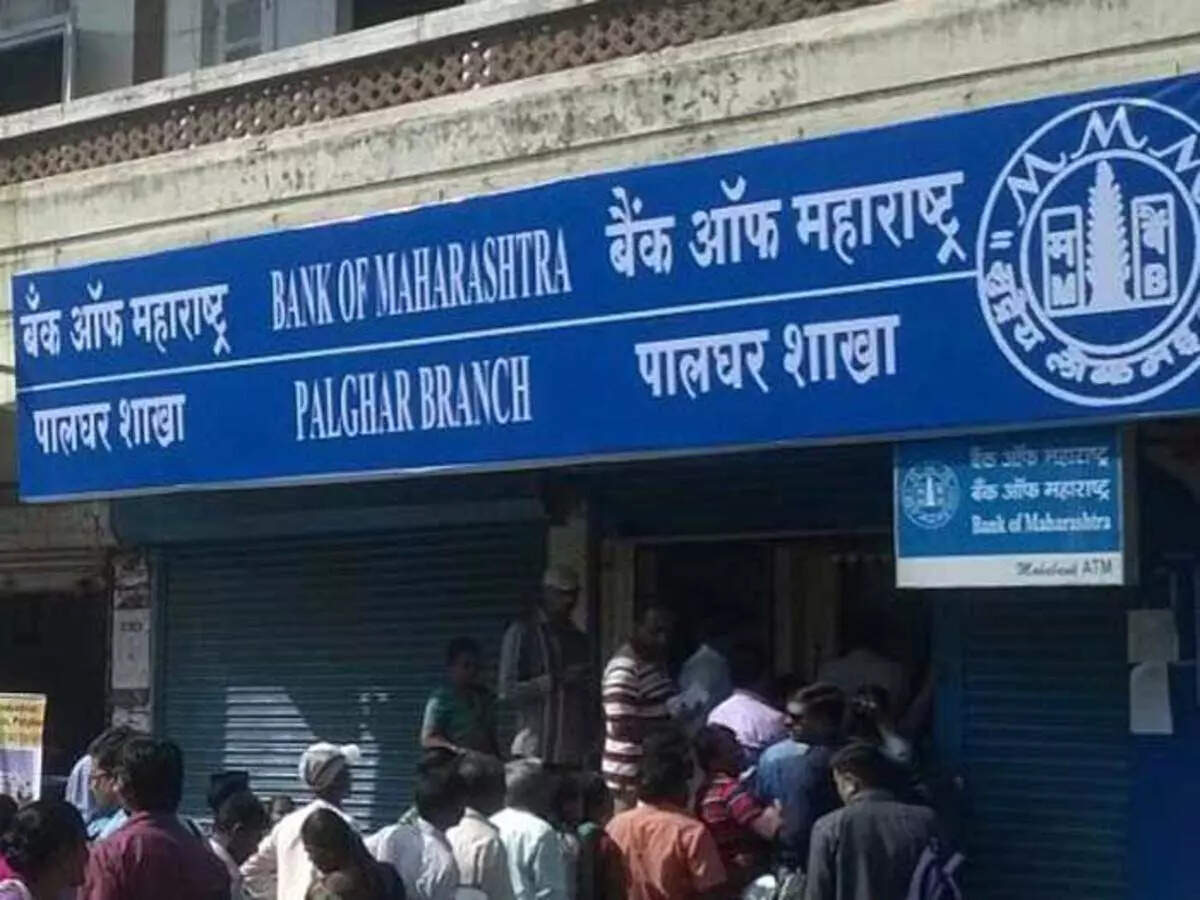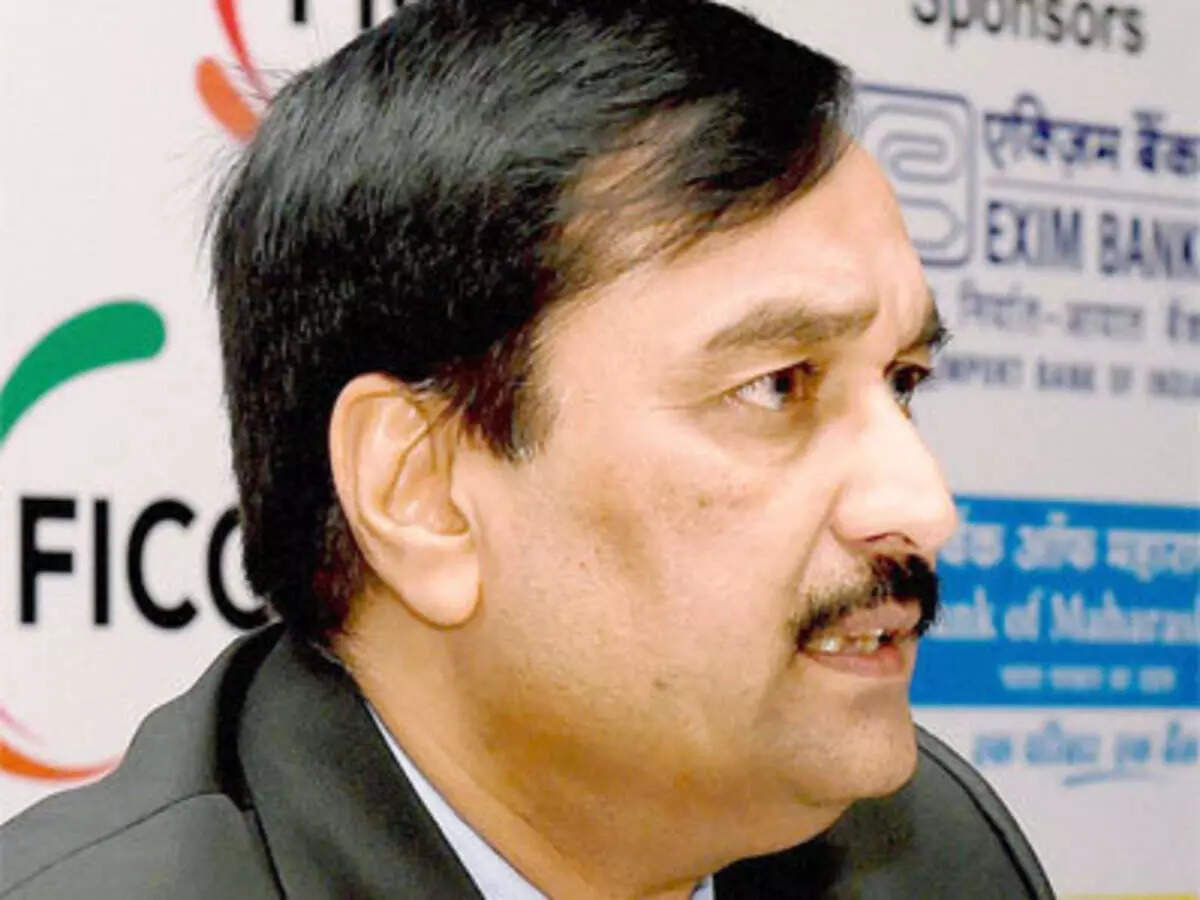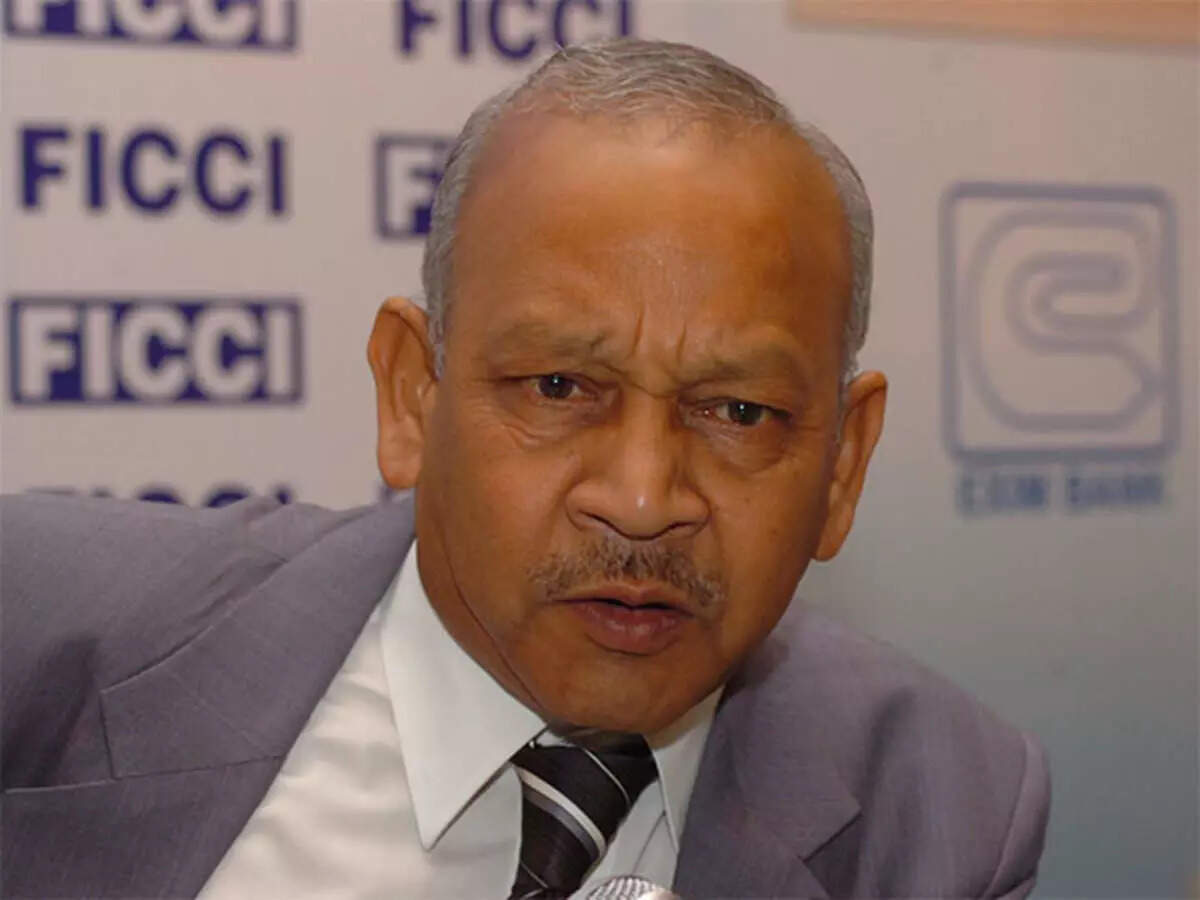Bank of Maharashtra (BoM) is planning to have a presence in most of the 727 districts in the country as part of its strategy to achieve a total business size (deposits plus advances) of ₹5-lakh crore by March-end 2024 against about ₹2.97-lakh crore at September-end 2021.
In an interaction with BusinessLine, MD & CEO, AS Rajeev, underscored that his bank has put in place systems and processes to ensure that the quality of sanctions improve, slippages are reined in, and costs associated with the outsourcing of ATMs and IT, rent, and electricity, among others, are cut.
Rajeev — who has been at the helm of the Pune-headquartered public sector bank (PSB) for close to three years — said his team is striving to ensure that BoM will be among the top three banks in the country in terms of efficiency parameters by March-end 2022. Excerpts:
How would you characterise BoM?
Though we are a public sector bank (PSB), we have private sector bank (PvSB) characteristics. When it comes to financial parameters such as net interest margin (NIM/3.27 per cent), return on asset (RoA/0.53 per cent), current account saving account (CASA) deposits (54 per cent of total deposits), we are as competitive as PvSBs. Our overall loan growth rate (about 11 per cent year-on-year) matches that of PvSBs.
We are competing with PvSBs on all the parameters except asset quality.
If we bring down Gross Non-Performing Assets (GNPAs) and Net Non-Performing Assets (NNPAs), we will be among the top three banks in the system, including PSBs and PvSBs. We are likely to improve our NNPA and GNPA position to 1 per cent (from 1.73 per cent as of September-end 2021) and 4 per cent (5.56 per cent), respectively, by March-end 2022.
Also see: Bank of Maharashtra launches digital lending platform for retail loans
We aim to be among the top three banks in terms of efficiency parameters, including NIM, net interest income (NII) growth, cost to income (C-I) ratio, credit growth, CASA ratio, GNPA and NNPA, by March 2022.
We are expecting 14-15 per cent credit growth in FY22. Next year also, we are expecting the same level of growth.
Given that the government wants to have four to five SBI-sized banks in the public sector, how does BoM figure in the scheme of things?
We are also trying to become big. Our aim is to grow our balance sheet to ₹5-lakh crore by 2024. In the last one-and-a-half years, we have opened 200 branches. Of this, 150-160 branches were in States outside Maharashtra. Our pan-India branch network has expanded to 2,000 after the recent opening of the Tirumala branch. Before the end of the current financial year, 100 branches will be opened. The board has decided that we should have at least one branch in each district. Now, we are growing organically. But in the next phase we may see inorganic growth if the requirement comes. Once our financial position improves further, we will try for that.
What changes have you brought about in the working of the bank in the last three years?
We have made structural and policy changes. As far as structural changes go, the main changes we made is in the credit administration area.
For example, we have set up retail loan processing cells and centralised sanctions to ensure quality. Further, we have engaged external agencies to conduct due diligence on loan proposals. A due diligence certificate has to be in place for every loan. This minimises the possibility of frauds.
So, sourcing, processing, and sanctioning of loans is compartmentalised. A proposal can get rejected at any point of time. So, the quality of sanctions has improved. This has helped check slippages.
Also see: BoM reduces repo-linked lending rate by 10 basis points to 6.80%
We have revisited pricing in the case of all advances – fund-based as well as non-fund based. Earlier, there were certain issues relating to lower pricing of Bank Guarantees (BGs) and non-fund based exposure. Risk-adjusted pricing was not there.
For example, if we are giving BGs, the bank should be earning 2 per cent commission as per risk-adjusted pricing. But the pricing went down to 20-25 basis points because of competition. So, now we have made it risk-adjusted pricing, irrespective of the borrower. So, interest income has improved in the case of advances and other income in the case of non-fund based exposure.
Sanctions position, as per delgated powers, and turnaround time are being monitored closely. The figures will speak for themselves. For example, branches earlier used to average ₹2 crore to ₹3 crore sanctions a year. Now, this has gone up three to four times in the past two to three years.
Three years back, the operating profit per quarter was ₹250 crore to ₹300 crore. Now, this has increased almost four times to ₹1,200 crore per quarter.
What cost saving measures have you put in place?
We have revisited all the cost centres such as rent and electricity. For example, the rent we are paying now is much less compared to what we were paying three years back. Earlier, some of the branches were spread over 5,000 to 6,000 sq.ft. Now, the area of the branches has been brought down to ₹1,300-1,500 per sq.ft.
Earlier, a number of operational areas were on outsourced mode. We have changed the ATM installation model from operating expenditure/opex (whereby a managed service provider deploys and operates ATMs for the bank) to capital expenditure/capex (the Bank installs its own ATMs).
Also see: BoM opens 2,000th branch at Tirumala
The cost of an ATM is only ₹3.50 lakh. So, if the useful life of the ATM is seven years, the capital cost is only ₹50,000 per year. The branch staff loads cash in onsite ATMs. For example, if 500 transactions happen a day at an ATM, we have to pay about ₹6,000 to the service provider. So, the outgo on this account was almost ₹2 lakh per month. Now, we have capital cost of only about ₹5,000 per month and there are no other costs because staff is loading the cash. So, the cost on this account has come down drastically from ₹2 lakh per month to ₹5,000.
By going in for e-surveillance at ATMs, the cost of security has declined to ₹4,000 per ATM per month against ₹1 lakh (about ₹30,000 per security guard for three shifts) earlier for physical security.
We used to outsource some of the functions within IT. The cost of outsourced employees is three times more than our own employees. So, we have recruited almost 250-300 IT experts in the last two years, substituted the outsourced people and, because of this, there has been an improvement in quality and reduction on costs.
Earlier (three years back), ₹250 crore to ₹300 crore was the operating profit per quarter. Now, that has increased almost four times to ₹1,200 crore per quarter.



